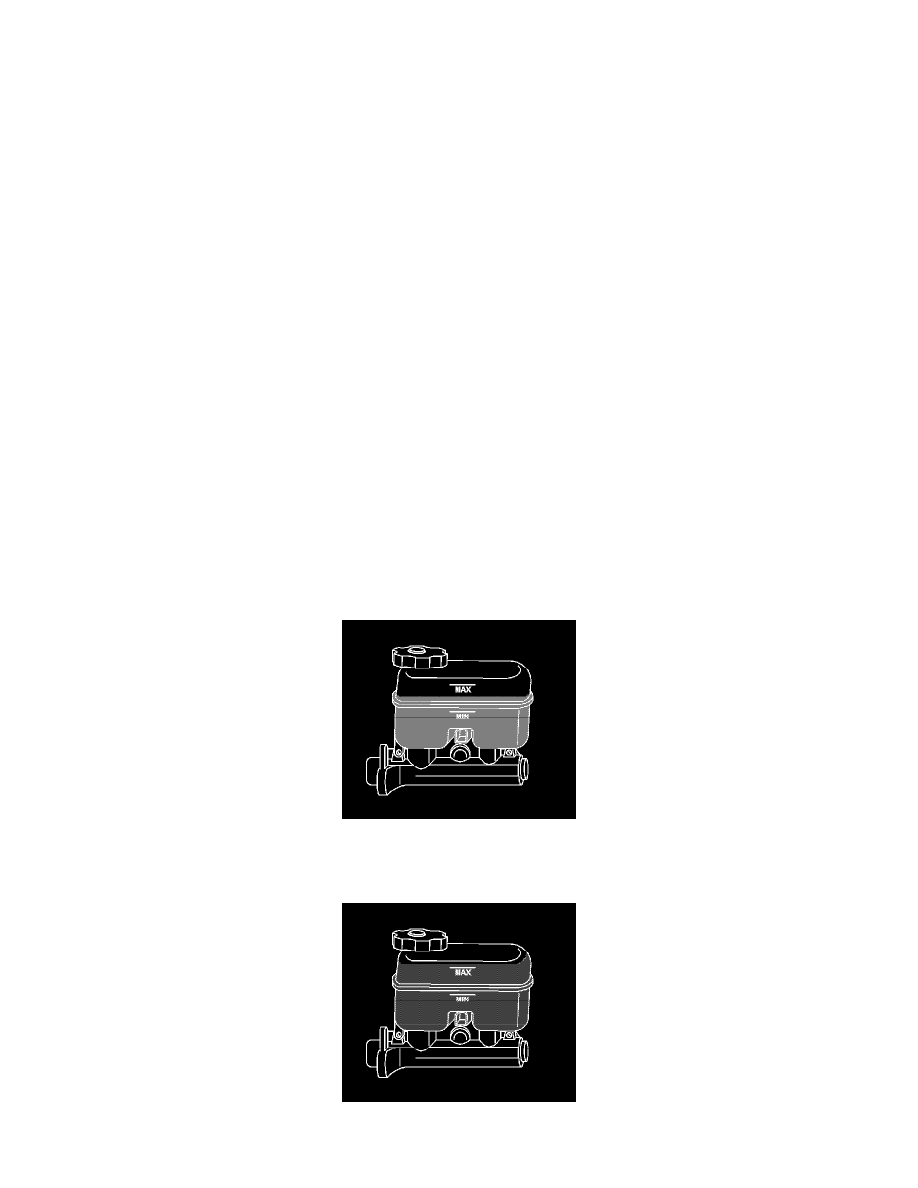Canyon 4WD L5-3.7L (2007)

Brake Rotor/Disc: Removal and Replacement
Brake Pad and Rotor Burnishing
Brake Pad and Rotor Burnishing
Caution: Refer to Road Test Caution.
Burnishing the brake pads and brake rotors is necessary in order to ensure that the braking surfaces are properly prepared after service has been
performed on the disc brake system.
This procedure should be performed whenever the disc brake rotors have been refinished or replaced, and/or whenever the disc brake pads have been
replaced.
1. Select a smooth road with little or no traffic.
2. Accelerate the vehicle to 48 km/h (30 mph).
Important: Use care to avoid overheating the brakes while performing this step.
3. Using moderate to firm pressure, apply the brakes to bring the vehicle to a stop. Do not allow the brakes to lock.
4. Repeat steps 2 and 3 until approximately 20 stops have been completed. Allow sufficient cooling periods between stops in order to properly
burnish the brake pads and rotors.
Brake Rotor Replacement
Brake Rotor Replacement
Removal Procedure
Caution: Refer to Brake Dust Caution (See: Service Precautions/Technician Safety Information/Brake Dust Caution) .
Notice: Refer to Brake Fluid Effects on Paint and Electrical Components Notice (See: Service Precautions/Vehicle Damage Warnings) .
1. Inspect the brake fluid level in the brake master cylinder reservoir.
2. If the brake fluid is midway between the maximum-full point and the minimum allowable level, no brake fluid needs to be removed from the
reservoir before proceeding.
3. If the brake fluid level is higher than midway between thew maximum-full point and the minimum allowable level, using an appropriate tool,
